Results
-
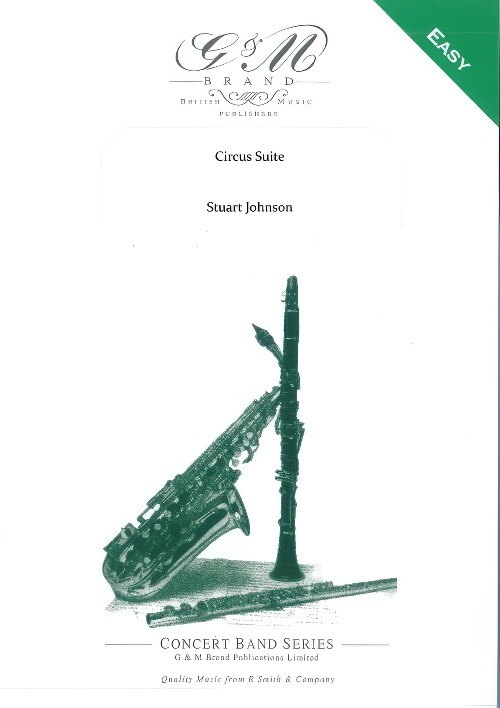 £14.95
£14.95Circus Suite (Concert Band - Score Only) - Johnson, Stuart
All the excitement of the Big Top is contained within four short movements, but the safety net is well in place in the shape of ample cross-cuing. This is longer than the average "easy" piece and slightly more difficult, presenting a real musical challenge, but the minimal necessary instrumentation still applies, and of course Johnson, Stuart's superb scoring ensures its effectiveness. The second movement features the tuba, and the third movement features alto saxophone (cued into horn).
Estimated dispatch 7-14 working days
-
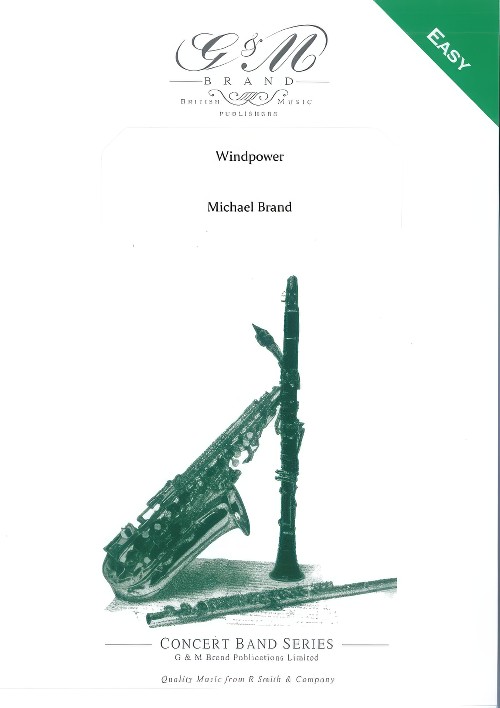 £59.95
£59.95Windpower (Concert Band - Score and Parts) - Brand, Michael
he piece evokes the relentless machine-like rhythm of a modern industrial engine powered by air. The machine minder lives next to this world every day, but during his work his mind drifts to more pleasant pursuits; a walk in the park, by the seaside, a summer's day? He live his inner life in a different sphere to his working day but the two can co-exist in harmony.
Estimated dispatch 7-14 working days
-
 £11.95
£11.95Windpower (Concert Band - Score Only) - Brand, Michael
he piece evokes the relentless machine-like rhythm of a modern industrial engine powered by air. The machine minder lives next to this world every day, but during his work his mind drifts to more pleasant pursuits; a walk in the park, by the seaside, a summer's day? He live his inner life in a different sphere to his working day but the two can co-exist in harmony.
Estimated dispatch 7-14 working days
-
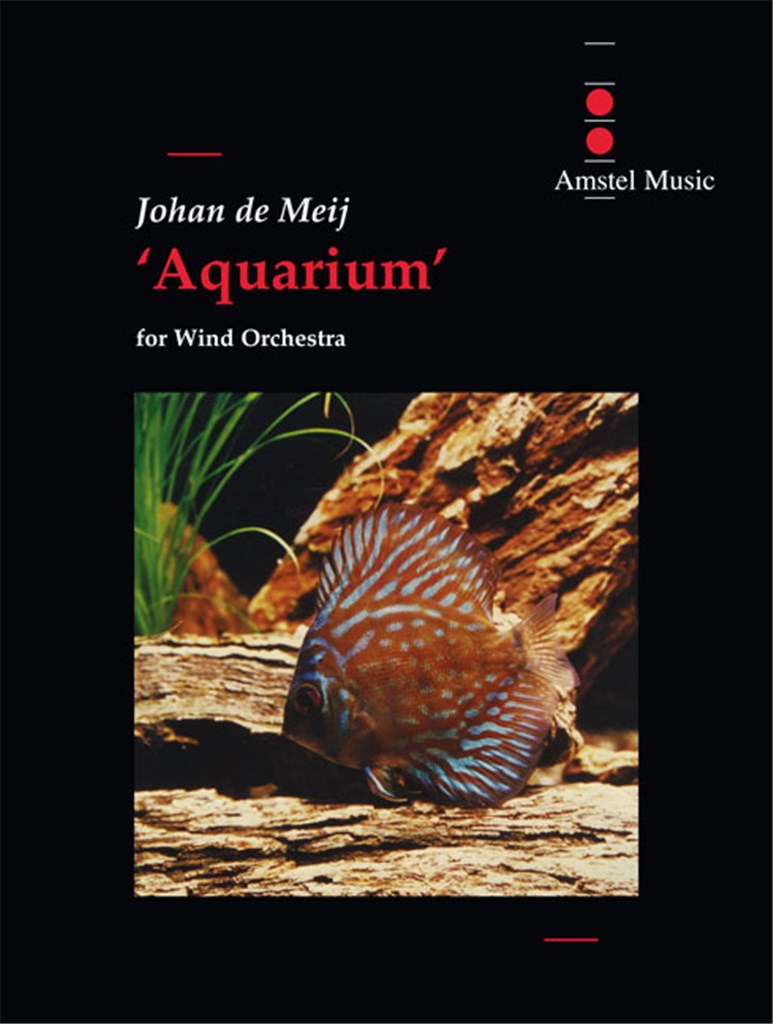 £128.00
£128.00Aquarium (Concert Band - Score and Parts) - De Meij, Johan
The Suite Aquarium is Johan de Meij's third composition for symphonic band and features six tropical fishes, each of them represented by a motif, and surfacing as such in several guises. The composition consists of three movements of which the second and third merge uninterruptedly into each other. I) Allegretto grazioso (Neon Tetra, Electric Eel and Angelfish) II) Andante / Adagio (Sea Horse and Zebrafish) III) Finale: Allegro giocoso (Guppy & Co.) The Neon Tetra motif functions as a kind of 'Leitmotiv' and describes the beautifully coloured, frisky fish: A number of variants have been derived from this theme and will also appear in the other movements. The Electric Eel in fact is not represented by a motif, but by a rhythm based on the restless electric pulses made audible in some aquaria. The Angel fish is represented by elegant cluster chords. In the second movement the Sea Horse emerges out of the water vegetation and starts a dialogue with the Zebrafish, which is represented by one melodic phrase in unison, getting more and more threatening by added parallel fifths and octaves. Simultaneously with the Sea Horse motif the Neon Tetra theme emerges, this time in 3/4 time and in Eb minor. The third movement starts with only two instruments (trumpet and xylophone), but as it is often the case with Guppies their number rapidly increases. Piccolo and Alto Saxophone introduce the Guppy Theme followed by several instrumental combinations. Every theme from the first movement 'swims by' once more, after which the principal motif leads us to a brilliant ending.Duration: 9.00
Estimated dispatch 7-14 working days
-
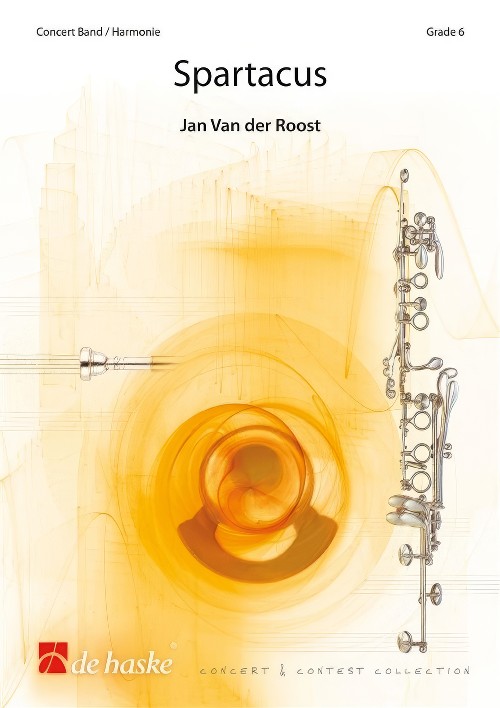 £179.99
£179.99Spartacus (Concert Band - Score and Parts) - Van der Roost, Jan
Spartacus is a "Symphonic Tone Poem" with 3 joints. Each section has its own melodical materials, however: in the final movement the main theme from the second section returns in a 'grandioso'-tutti. The last bar but one recaptures the 'oriental' atmosphere of the very beginning. The first section (= from the beginning till J) builds up a climax by repeating and accumulating some melodical and rhythmical structures. The oriental character of the melodical fragments refers to the origin of the Roman slaves. The second section evokes the love between Spartacus and his love by giving a peaceful atmosphere. The mean theme (presented the first time at letter L) has a broad and wide character and refers slightly to film music. In this part of the composition, a special attention is given to the orchestration. The final section is more aggressive and martial and refers to the revolt of the slaves against the Roman oppressors. In the middle of this movement, an accumulation of the 12 tones symbolises the crucifixion of the slaves: the english horn resumes partly the cadenza of the flute (at letter J), as if he wants to show again the eternal love between Spartacus and his love a very last time ... The theme at the third bar of letter T is actually based on the 2nd theme of this section (which starts at the fifth bar of letter R), but has been worked out rhythmically.Duration: 13:50
Estimated dispatch 7-14 working days
-
 £84.99
£84.99Animal Kingdom Wind Band Set (Score & Parts)
In this composition William Vean takes you on a journey through the fascinating and exciting world of animals. Apart from it being a composition filled with "special effects", Animal Kingdom contains many educational elements, such as playing in swing (triplets feeling), chromatics, flutter tonguing, gypsy tuning, varying keys, and, of course, dynamics and articulation. The melodic lines occur in all four voices, as well as in all percussion parts, providing each musician with the opportunity to play a solo or to accompany. Highly recommended for your youth band! William Vean is an educational composer. He knows how to musically shape the special elements from our daily lives. His music is therefore very expressive, containing creative solutions to possible problems. Special ways of playing make his music particularly interesting for the winds, but the percussion section is also featured in his special effects. The world of the animals always plays on ones imagination. In Animal Kingdom, William Vean has portrayed a number of animals in a special manner: Kevin Kangaroo - The jumping character of this animal can be heard in different voices. The swing style also emphasizes the characteristic movements of the kangaroo. Playing in swing style can be practised by using scales. Eddy Elephant - For some of his smaller fellow fauna friends this can be quite an ordeal, but for Eduard (Eddy for friends and intimates) it is his daily walk. Baldrick Bat - Baldrick the Bat is a mysterious character. This can be heard in the fast moving valves and keys, accompanied by special effects in the percussion section. Curtis Camel - Curtis the Camel trudges across the desert, feeling bored. The idea that the horizon will never change does not affect him anymore. He has accepted his fate. The distinctive tones from the gypsy scale provide the suitable oriental sounds. Betty Butterfly - Butterfly Betty elegantly, and without worries, flutters from flower to flower in the garden. Her motto: Carpe Diem (Seize the Day). Betty is a one-day butterfly. Marvin Monkey - A "swing" monkey stirs up the feelings. Even members of the orchestra will look like real monkeys. How about your audience? Each part has its own difficulties and challenges. Important in the first part is playing "in swing" (triplets feeling). This can be practised using scales. In the second part ensemble playing and balance are important. In Baldrick additional information on the effects that have to be played might be useful. "New" sounds are, of course, welcome. Curtis the Camel introduces the gypsy scale. Additional explanation of the use of the scale might be useful. Key changes are interesting in this part. A slight accent on the first beat of the bar will add to the charm of this part. Marvin the Monkey brings back the swing rhythm that was introduced in the first part, alternated by a "straight" part with attention to chromatics and articulation. A story teller will definitely be an asset when performing this composition. 07:30
Estimated dispatch 7-14 working days
-
 £118.99
£118.99Asteroid Wind Band Set (Score & Parts)
Asteroids and comets have played an important role throughout the history of life on earth. It is quite probable that the dinosaurs have been exterminated by an asteroid's impact in the Gulf of Mexico. Huge tidal waves and fire storms wiped out all life. This is the year 2067 according to the Christian calendar. A collision has just taken place in the asteroid belt between Mars and Jupiter and caused an asteroid to enter the earth's power of gravitation. It is instoppably approaching the blue planet. As its peoples have been fighting each other continuously, they missed the building of a global defence system against dangers coming from space. A scanner records the asteroid and immediately sends a message to the President of the Anglo-American Union. The probability that the asteroid will hit the earth is judged 50% by the experts. Plans are made to shoot the celestial body with rockets live with hydrogen bombs or laser guns in order to throw it off its track, but they fail. The asteroid's size seems to threaten the existence of mankind. Those in the know stare at the night sky in bewilderment. But for the time being, there is still peace on earth.... 0:07:45
Estimated dispatch 7-14 working days
-
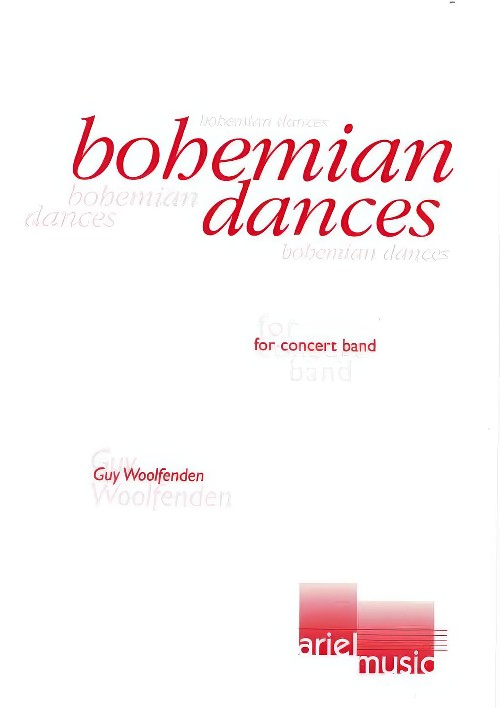 £115.00
£115.00BOHEMIAN DANCES (Concert Band) - Woolfenden, Guy
Includes:1. Shepherds and Shepherdesses2. Florizel and Perdita3. Dance of the SatyrsOne of my favourite Shakespeare plays is The Winter's Tale, and I have written music for three completely different productions during my time as Head of Music to the Royal Shakespeare Company. One, starring Judi Dench as both the mother, Hermione and her daughter, Perdita, had a big band Tribal Love-Rock score; another had a more classical, but timeless feel to it, and the last was an excellent small-scale touring production, for which I was allowed only a handful of instruments. It is from this source that the basic themes for Bohemian Dances, and an earlier version Three Dances for Clarinet Choir, have emerged. Act IV of the play is set in the kingdom of Bohemia - hence the title of the work.Shakespeare calls for "A Dance of Shepherds and Shepherdesses", which gives Florizel, the son of Polixenes, (King of Bohemia) a chance to become better acquainted with the beautiful Perdita, the lost daughter of Leontes, (King of Sicilia). This movement is written in seemingly tricky and ever-changing metres, but is rhythmically quite logical and melodically catchy.The slower second movement 'Florizel and Perdita' is the lovers' pas de deux: a gentle, slow waltz-like tune, initially presented by the principal oboe, is contrasted with a lndler-like double time melody, at the end of which a solo clarinet makes a link to the last movement.'Dance of the Satyrs' is a rip-roaring, foot-stamping dance performed in the play by 'three carters, three shepherds, three neat-herds, and three swine-herds', who enter in outrageous costumes representing the lecherous half-man, half-goat of Greek mythology. This dance is referred to as a "gallimaufry of gambols" - now where have I heard that word before?! - GW
Estimated dispatch 7-14 working days
-
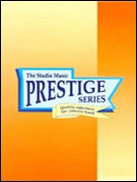 £18.95
£18.95CAUSE FOR CELEBRATION (Prestige Concert Band Extra Score) - Barry, Darrol
Extra Score. Cause for Celebration opens with a fanfare-style idea, followed by two quieter ideas before the fanfare returns, the music moving without a break into the celebration proper. The main idea of the Allegro is an energetic theme for full band which is interspersed with contrasting sections of the band. Eventually the opening fanfare returns but is interrupted by a short, but lively, coda. Recorded on Polyphonic QPRM151D TIME LINES (Great British Music for Wind Band Vol.12)
Estimated dispatch 7-14 working days
-
 £94.95
£94.95CAUSE FOR CELEBRATION (Prestige Concert Band Set) - Barry, Darrol
Score and Parts. Cause for Celebration opens with a fanfare-style idea, followed by two quieter ideas before the fanfare returns, the music moving without a break into the celebration proper. The main idea of the Allegro is an energetic theme for full band which is interspersed with contrasting sections of the band. Eventually the opening fanfare returns but is interrupted by a short, but lively, coda. Recorded on Polyphonic QPRM151D TIME LINES (Great British Music for Wind Band Vol.12)
Estimated dispatch 7-14 working days
